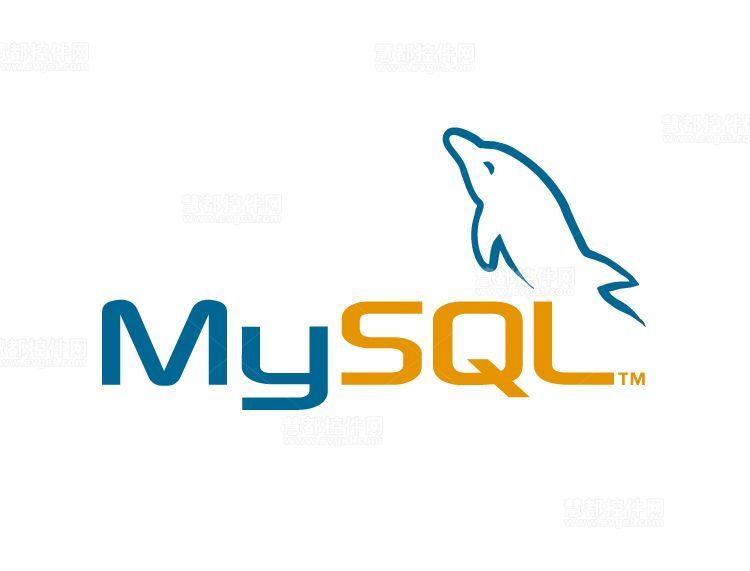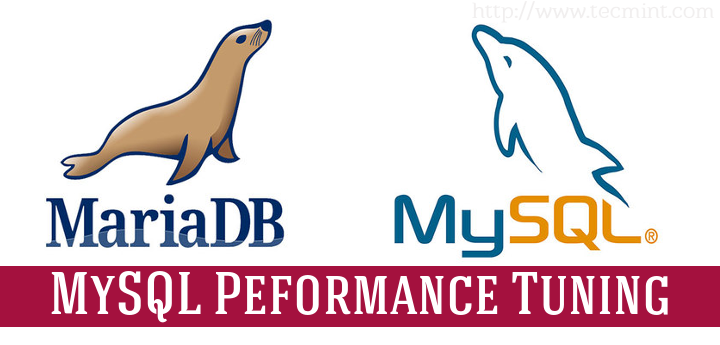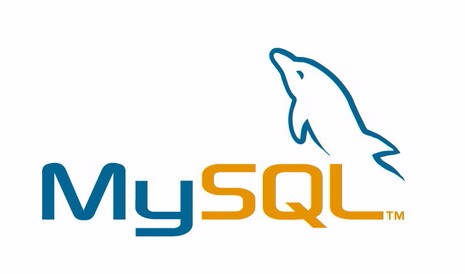Detailed introduction to index design
Today a friend asked me how to optimize MySQL. I sorted it out according to my thinking, and it can be roughly divided into 21 directions. There are also some details (Table Cache, table design, index design, program cache, etc.) are not listed first. For a system, the following can be done in the early stage is also a good system. 1. To ensure that there is enough memory database to operate efficiently. The most important factors need to be more memory, which can slow down the data, and the update can also be completed in the memory first. However, different businesses need to be different in memory. One recommended memory to account for 15-25%of the data. Special hot data, the memory basically reaches 80%of the database. 2. More and faster CPUs are needed. MySQL 5.6 can utilize 64 cores, but each MySQL query can only run on one CPU, so more CPUs are required. Faster CPUs will be more conducive to concurrency. 3. To choose the right operating system, the most recommended for the official suggestion is solaris. From the actual production, CentOS, REHL is a good choice. It is recommended to use C
## 1. 21 21 Optimized MySQL's suggestion

2.
Mysql index design principles and common indexes A brief introduction to the difference
 ## Introduction: The editor below will bring you a brief discussion of mysql Index design principles and the difference between common indexes. The editor thinks it’s pretty good, so I’ll share it with you now and give it as a reference. Let's follow the editor together
## Introduction: The editor below will bring you a brief discussion of mysql Index design principles and the difference between common indexes. The editor thinks it’s pretty good, so I’ll share it with you now and give it as a reference. Let's follow the editor together
3.
Mysql index design  ## Series Introduction: Database index is a sorted data structure in the database management system to help quickly query and update data in the database table. Index implementation usually uses B-tree and its variant B+-tree.
## Series Introduction: Database index is a sorted data structure in the database management system to help quickly query and update data in the database table. Index implementation usually uses B-tree and its variant B+-tree.
4. Optimized MySQL's 21 suggestions
Introduction: A friend asked me how to optimize MySQL. I sorted it out according to my thinking, and it can be roughly divided into 21 directions. There are some details (table cache, table design, index design, terminal cache, etc.) that are not listed here. For a system, it is a good system to be able to complete the following in the early stage. 
5. Mysql index design some strategies Reduce the speed of insertion, deleting, and modifying the values in the data column. That is, indexes slow down many operations involving writes. The reason why this happens is that writing a piece of data not only requires writing to the data row, but also requires all
6. How to obtain the optimization of SQL Server performance?
Introduction: In order to maximize the performance of SQL Server, you must first determine several aspects. When these aspects are optimized, the entire system performance can be improved to the greatest extent. Then you can analyze these aspects. Otherwise, you may do less with less. Experience has proven that SQL Server performance improvement mainly depends on logical database design, index design and query design. Conversely, the biggest performance problems often originate from these design defects. If database performance is a focus, you should first focus on these aspects

Introduction: Index design is an important link in database design and plays a vital role in the performance of the database, but the design of the index But it is not that easy, and performance is not so easy to obtain. There are many
8. Principles of MySQL index design
Introduction: The index column searched is not necessarily the column to be selected. In other words, the most suitable columns for indexing are the columns that appear in the WHERE clause, or the columns specified in the join clause, rather than the columns that appear in
9. 21 MySQL optimization suggestions (experience summary)
Introduction: Today a friend asked me how to optimize MySQL. I sorted it out based on my thinking. It can be roughly divided into 21 directions. There are some details (table cache, table design, index design, terminal cache, etc.) that are not listed here. For a system, it is a good system to be able to complete the following in the early stage. 1. Make sure there is enough memory data
10. Collection and summary of database optimization issues
Introduction: Author In work practice, it is found that bad SQL often comes from inappropriate index design, insufficient connection conditions and non-optimizable where clauses. The following is an introduction to database optimization issues. Friends in need can refer to the following person. The following will summarize these three aspects: select count(*) from record where date '19991201'
The above is the detailed content of Detailed introduction to index design. For more information, please follow other related articles on the PHP Chinese website!

Hot AI Tools

Undresser.AI Undress
AI-powered app for creating realistic nude photos

AI Clothes Remover
Online AI tool for removing clothes from photos.

Undress AI Tool
Undress images for free

Clothoff.io
AI clothes remover

Video Face Swap
Swap faces in any video effortlessly with our completely free AI face swap tool!

Hot Article

Hot Tools

Notepad++7.3.1
Easy-to-use and free code editor

SublimeText3 Chinese version
Chinese version, very easy to use

Zend Studio 13.0.1
Powerful PHP integrated development environment

Dreamweaver CS6
Visual web development tools

SublimeText3 Mac version
God-level code editing software (SublimeText3)

Hot Topics
 When might a full table scan be faster than using an index in MySQL?
Apr 09, 2025 am 12:05 AM
When might a full table scan be faster than using an index in MySQL?
Apr 09, 2025 am 12:05 AM
Full table scanning may be faster in MySQL than using indexes. Specific cases include: 1) the data volume is small; 2) when the query returns a large amount of data; 3) when the index column is not highly selective; 4) when the complex query. By analyzing query plans, optimizing indexes, avoiding over-index and regularly maintaining tables, you can make the best choices in practical applications.
 Can I install mysql on Windows 7
Apr 08, 2025 pm 03:21 PM
Can I install mysql on Windows 7
Apr 08, 2025 pm 03:21 PM
Yes, MySQL can be installed on Windows 7, and although Microsoft has stopped supporting Windows 7, MySQL is still compatible with it. However, the following points should be noted during the installation process: Download the MySQL installer for Windows. Select the appropriate version of MySQL (community or enterprise). Select the appropriate installation directory and character set during the installation process. Set the root user password and keep it properly. Connect to the database for testing. Note the compatibility and security issues on Windows 7, and it is recommended to upgrade to a supported operating system.
 Explain InnoDB Full-Text Search capabilities.
Apr 02, 2025 pm 06:09 PM
Explain InnoDB Full-Text Search capabilities.
Apr 02, 2025 pm 06:09 PM
InnoDB's full-text search capabilities are very powerful, which can significantly improve database query efficiency and ability to process large amounts of text data. 1) InnoDB implements full-text search through inverted indexing, supporting basic and advanced search queries. 2) Use MATCH and AGAINST keywords to search, support Boolean mode and phrase search. 3) Optimization methods include using word segmentation technology, periodic rebuilding of indexes and adjusting cache size to improve performance and accuracy.
 MySQL: Simple Concepts for Easy Learning
Apr 10, 2025 am 09:29 AM
MySQL: Simple Concepts for Easy Learning
Apr 10, 2025 am 09:29 AM
MySQL is an open source relational database management system. 1) Create database and tables: Use the CREATEDATABASE and CREATETABLE commands. 2) Basic operations: INSERT, UPDATE, DELETE and SELECT. 3) Advanced operations: JOIN, subquery and transaction processing. 4) Debugging skills: Check syntax, data type and permissions. 5) Optimization suggestions: Use indexes, avoid SELECT* and use transactions.
 Difference between clustered index and non-clustered index (secondary index) in InnoDB.
Apr 02, 2025 pm 06:25 PM
Difference between clustered index and non-clustered index (secondary index) in InnoDB.
Apr 02, 2025 pm 06:25 PM
The difference between clustered index and non-clustered index is: 1. Clustered index stores data rows in the index structure, which is suitable for querying by primary key and range. 2. The non-clustered index stores index key values and pointers to data rows, and is suitable for non-primary key column queries.
 Can mysql and mariadb coexist
Apr 08, 2025 pm 02:27 PM
Can mysql and mariadb coexist
Apr 08, 2025 pm 02:27 PM
MySQL and MariaDB can coexist, but need to be configured with caution. The key is to allocate different port numbers and data directories to each database, and adjust parameters such as memory allocation and cache size. Connection pooling, application configuration, and version differences also need to be considered and need to be carefully tested and planned to avoid pitfalls. Running two databases simultaneously can cause performance problems in situations where resources are limited.
 The relationship between mysql user and database
Apr 08, 2025 pm 07:15 PM
The relationship between mysql user and database
Apr 08, 2025 pm 07:15 PM
In MySQL database, the relationship between the user and the database is defined by permissions and tables. The user has a username and password to access the database. Permissions are granted through the GRANT command, while the table is created by the CREATE TABLE command. To establish a relationship between a user and a database, you need to create a database, create a user, and then grant permissions.
 RDS MySQL integration with Redshift zero ETL
Apr 08, 2025 pm 07:06 PM
RDS MySQL integration with Redshift zero ETL
Apr 08, 2025 pm 07:06 PM
Data Integration Simplification: AmazonRDSMySQL and Redshift's zero ETL integration Efficient data integration is at the heart of a data-driven organization. Traditional ETL (extract, convert, load) processes are complex and time-consuming, especially when integrating databases (such as AmazonRDSMySQL) with data warehouses (such as Redshift). However, AWS provides zero ETL integration solutions that have completely changed this situation, providing a simplified, near-real-time solution for data migration from RDSMySQL to Redshift. This article will dive into RDSMySQL zero ETL integration with Redshift, explaining how it works and the advantages it brings to data engineers and developers.






